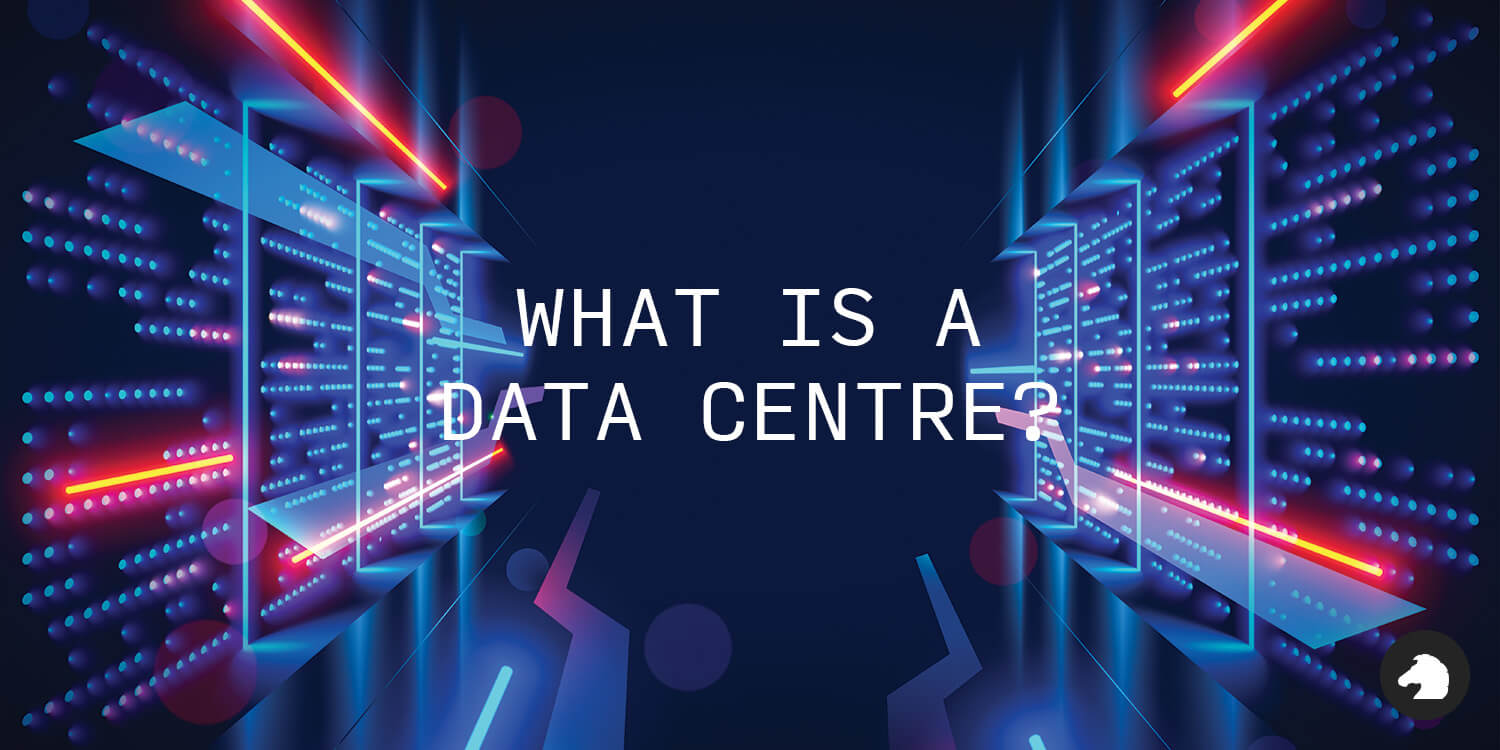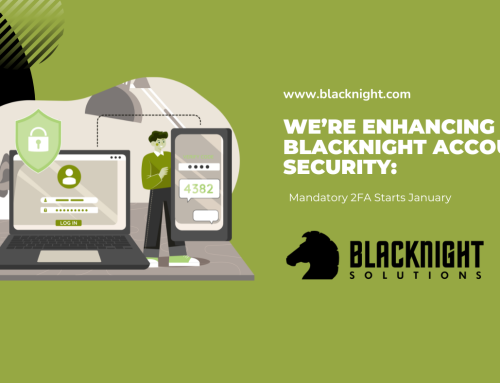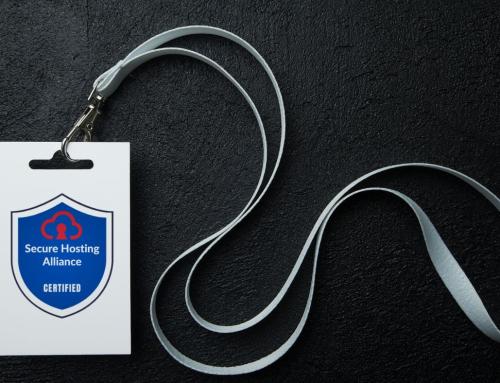There’s a lot of chatter in the media about data centres, especially here in Ireland. Most people don’t even have a clue as to what a data centre actually is or what goes on there, and the economic impact they have. So, here’s a handy guide that will seek to explain the basics of data centres.
What is a data centre?
In the simplest terms, a data centre is a room of computers that serve end users websites, social media, information, etc.
But it’s a bit more complicated than that.
Computers are Computing
Our entire lives are now touched by the digital revolution. Servers in data centres don’t just serve websites. They serve online services such as banking, government, health, apps, etc. Every app on your phone requires some kind of web service to work, and that web service lives in a data centre, somewhere. For example, Facebook has dozens of its own data centres all round the world. They serve the website, the app, store the images users uploads, facilitate the messaging apps they use and all the myriad of background tasks that the user never even sees or is conscious of.
When you interact with your smartphone on a daily basis, you’re likely communicating with several different data centres at the same time throughout the day.
Data centres move the traffic from the internet around each other. When you send an email, it will likely pass through several data centres before it ends up in the inbox on your mobile.
Small and medium-sized enterprises in Ireland rely on data centres throughout their day-to-day operations. Whether you’re a retail shop processing credit card transactions – a process which takes several data centres talking to each other in seconds. Another example is a hotel taking a reservation or a restaurant taking a booking. Those are processes that require a data centre to process data.
Since the COVID-19 pandemic, companies in Ireland are going increasingly remote or hybrid. This has led to a large expansion of online services on top of all of us sharing cat pictures on Facebook. All of this has to run through data centres. It simply cannot work otherwise. Data centres are the oil that keeps the machine of modern society in Ireland running.
What else is it then?
A data centre has four elements to it:
- The building
- The connections
- The hardware
- The humans
The building – Data Centres house millions of Euros of equipment and provide physical access to the computers that run the web services of the world. Access must be strictly controlled. No one can just walk into a data centre and have a look around. That gives them a sort of secret aura that leads to a lot of misunderstanding.
The connections – For a data centre to function, it must have the fastest possible connections to the wider internet – this means dedicated internet connections. But it also means having the fastest hardware and switches so the servers can communicate amongst themselves and with the outside world. They are peered with the major internet exchanges so the networks in the data centre can communicate to other data centre networks. It’s what makes the concept of the internet work.
The hardware – A data centre doesn’t just house servers. These special computers live in racks, and each rack is home to several computers. But there are also specialised equipment in these racks as well – like hard drive arrays, network switches, etc. These are the things that make a data centre work. But the heart of a data centre are the servers, and there are dozens of different kinds of servers.
The humans – Data Centres need humans to run them. Most systems are happy to run without human intervention, but we keep engineers on-site to keep an eye on things, and fix anything if something breaks or to perform critical maintenance (and occasionally press a button).
When you add all these things together, you create a major economic impact. Data Centres do not operate in a vacuum. They serve the online retailers that allow you to order anything online. They serve the logistics companies that have to fulfil those orders. They employ people to run them. Employers need them to run their infrastructure. Employees rely on them to operate their digital lives. If you removed data centres from an economy, it would revert to a pre-computer economy.
Data Centre Operators
The biggest names on the internet – the likes of Facebook, Google, etc all run their own and operate their own data centres (in addition to taking space in other ones). Most data centres in Ireland are not owned by them but are independently run and operated.
For example, Blacknight’s data centre in Carlow is owned and operated by Blacknight. We run our own hardware, co-locate the hardware of other companies, and peer directly with several internet exchanges (IXPs) like INEX in Dublin and LINX in London.
Data Centres are mystery boxes
A lot of people seem to think that if you run a data centre, we know everything about you and are spying on you.
We don’t, and we are not.
We provide the building, the connections and the racks. In some cases, we bring our own network with us. What people do with their own hardware in our data centre is their own business. As long as it’s not illegal, we don’t know or want to know what they’re doing. If your data is shared with a company, the data relationship is between you and the company, not between you and the data centre operator.
Concerns About Power
The biggest bogeyman about data centres is about their power usage. There are a lot of myths and incorrect statistics floating around about how much power data centres actually use compared to homes and other industries. The fact of the matter life in Ireland would be unrecognisable without data centres and pretty much every industry here relies on information going through data centres.
In fact, you WANT computers warehoused together in a data centre because it’s the most efficient way to use power for large-scale computing. A server in an office would use more power than a server in a data centre. The economies of scale of a data centre make it the most efficient place to compute data on a massive scale, and operators have a huge incentive to manage power usage. Keeping dozens of servers on-site in a warm office, 24-7 is a massive energy cost, especially these days. Putting that equipment in a data centre is drastically more efficient and green-friendly.
Servers which are racked together generate a lot of heat. To keep these servers running optimally, they need to be kept at safe temperature and humidity levels. Data centre cooling has evolved from traditional air-conditioning type cooling to using the outside air to control temperature and humidity. This is one of the reasons Ireland’s temperate climate is suited to DC operators. It’s way better for the environment for a data centre to be in Ireland’s cool climate, rather than, say Spain or Greece.
We have to pay for every kilowatt hour we use in our data centre so it’s in our best interest to be as efficient as possible, not just to protect the planet but to protect or bottom line (and this is a real challenge with energy prices what they are currently). But this feeds down to the bottom line of every company that uses a data centre (which is ALL OF THEM). With computing costs low, you can keep paying €8.99 for Netflix or nothing for Facebook. We may use a lot of power, but we use it in a better and more efficient way and economically.
Blacknight is at the forefront of efficiency in data centre operations, which is why companies like to work with us, we’re experts. So much so, we’re signatories to the Climate Neutral Data Centre Pact, which is a loose confederation of data centre operators who are pledging to be carbon neutral by 2030. We take power usage and environmental impact seriously (we’ve even installed solar panels on our Carlow data centre roof).
There’s a myth going around that water cooling is using up our water supplies in Ireland, but this is also not true. None of the data centres we use have water cooling. While some data centres in Ireland might use water cooling it’s not the norm by any means. A closed loop system is used in some, but that uses a fixed amount of liquid which is constantly reused; it’s not being wasted down the drain. The narrative in the media is that call data centres are the same, they are not. For example, Blacknight’s chillers are used, on average, about 1 week a year on the very hottest days of summer, otherwise, they’re free-air cooled thanks to Ireland’s temperate climate.






